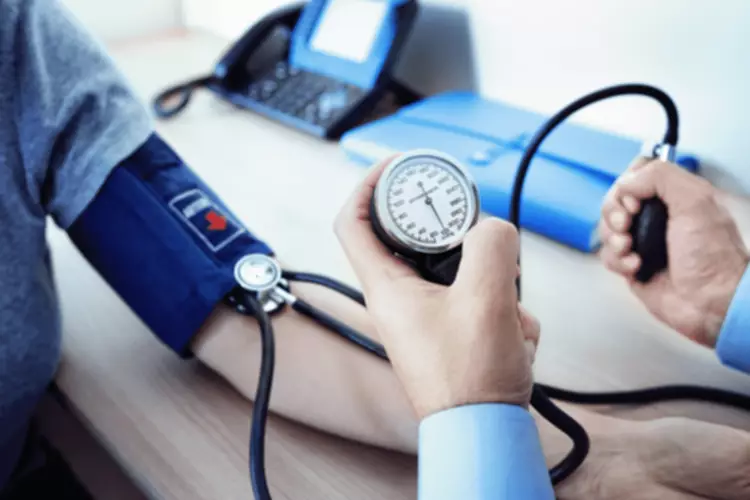For someone with moderate-to-severe alcohol withdrawal symptoms, inpatient treatment will likely be the best option. Inpatient treatment is when you are treated at a hospital or another professional setting that specifically handles alcohol withdrawal. Alcohol tremors are involuntary shaking/trembling of one or more parts of the body. Alcohol tremors are a response to alcohol withdrawal or alcohol use disorder/alcoholism. Alcohol shakes are typically present in the hands, but they may also appear in the arms or legs.
Behavioral Techniques and Physical Therapy
However, it is likely that it somehow affects some parts of the brain that are responsible for controlling movement. You can go to physical therapy to improve coordination and muscle control. Botox injections can also be done in your hands to weaken the muscles and minimize or stop shaking. They might also perform imaging tests to determine whether you have an underlying condition that’s causing your tremors, like a stroke or a tumor.

Download the Patient Access app
Gabapentin (structure similar to GABA) can be used as a monotherapy or as an add-on therapy for treatment of ET.[7–9] It is started at 300 mg 3 times daily, and titrated up to 1200–1800 mg/day. https://ecosoberhouse.com/ The drug is usually well tolerated with few side effects (sedation, irritability, ataxia, weight gain). There is some evidence that Botox® injections are helpful in reducing certain tremors.
Alcohol-Responsive Hyperkinetic Movement Disorders—a Mechanistic Hypothesis
- Interestingly, in rat brain the GHB receptor is heavily expressed in the cerebellum but not in striatum or thalamus, and within the cerebellum GHB-receptor expression is highest within Purkinje cells [61].
- Your blood pressure levels, body temperature, heart rate, and blood tests will also be carefully monitored.
- Liji practiced as a full-time consultant in obstetrics/gynecology in a private hospital for a few years following her graduation.
- It can affect almost any part of the body, but the trembling occurs most often in the hands, especially when doing simple tasks, such as drinking from a glass or tying shoelaces.
- Just as alcohol does not help many ET patients, neither do prescription medications.
- Although alcohol abuse and alcohol withdrawal are linked to other types of tremors, ET is not thought to be among them.
In both women and men, a single low dose of EtOH produced the greatest metabolic reduction in the cerebellum, with no change in thalamic metabolism and a mild increased metabolism in striatum [58]. A second study using increasing modest doses of alcohol [59] again showed the largest metabolic reductions in the cerebellum as well as thalamus and mesencephalon. The final study with co-registered MRI localization confirmed this effect on the cerebellum and occipital cortex [60]. These three papers illustrate that modest doses of EtOH selectively and preferentially reduce cerebellar metabolism. To our knowledge, the effect of a modest dose of GHB on cerebral metabolism in man or in animals has not been studied. Interestingly, in rat brain the GHB receptor is heavily expressed in the cerebellum but not in striatum or thalamus, and within the cerebellum GHB-receptor expression is highest within Purkinje cells [61].
- Alcohol use may help improve the symptoms of essential tremor (ET), but using alcohol to soothe symptoms of ET is not advisable.
- Despite treatment with valproic acid, levetiracetam and zolpidem, severe action and intention myoclonus were disabling.
- Alcohol tremors are a response to alcohol withdrawal or alcohol use disorder/alcoholism.
- If you struggle with alcohol abuse and are looking for a way to quit, help is available.
- Observed improvements with modest doses of EtOH or Xyrem are rapid, sometimes visible 15 minutes after the drug is administered, and always evident by 45–60 minutes.
- However, recent research suggests that essential tremor may be triggered by changes in certain areas of the brain, according to the National Institute of Neurological Disorders and Stroke (NINDS).
How To Treat Alcohol Tremors
Patient #9 is shown pouring water before and one hour after administration of 2.5 gm of Xyrem. Patient #10 is more severely affected, with myoclonus affecting walking and pouring. Myoclonus was moderately improved at relatively high doses of Xyrem (video shown one hour after administration of four grams).
How can I reduce my risk of developing essential tremor or prevent it altogether?
How do I calm my shaking hands? — Harvard Health
How do I calm my shaking hands?.
Posted: Fri, 01 Jul 2022 07:00:00 GMT [source]
Fortunately, there are multiple ways to treat this condition, and many devices can help a person manage or adapt to this condition, helping minimize this condition’s impacts on quality of life. You should also see your healthcare provider if you notice your symptoms are getting worse, to the point where they’re disrupting your activities and routine. You should see them, too, if you have side effects from medications or treatments that are similarly disruptive. Experts estimate that it affects about 1% of all people worldwide, and about 5% of people over age 60. It’s the most common form of tremor and one of the most common movement disorders. Essential tremor is a movement disorder that causes uncontrollable shaking of your hands, arms and other body parts.

Others may not be able to write, dress, bathe or otherwise take care of themselves. Essential tremor causes parts of your body to shake when you try to use them. This is usually a problem when using your essential tremor alcohol hands but can also affect your head, voice and other body parts. Essential tremor is a condition that gets worse slowly, taking years to reach levels where it starts to disrupt a person’s life.
Coping and support

Нет Ответов